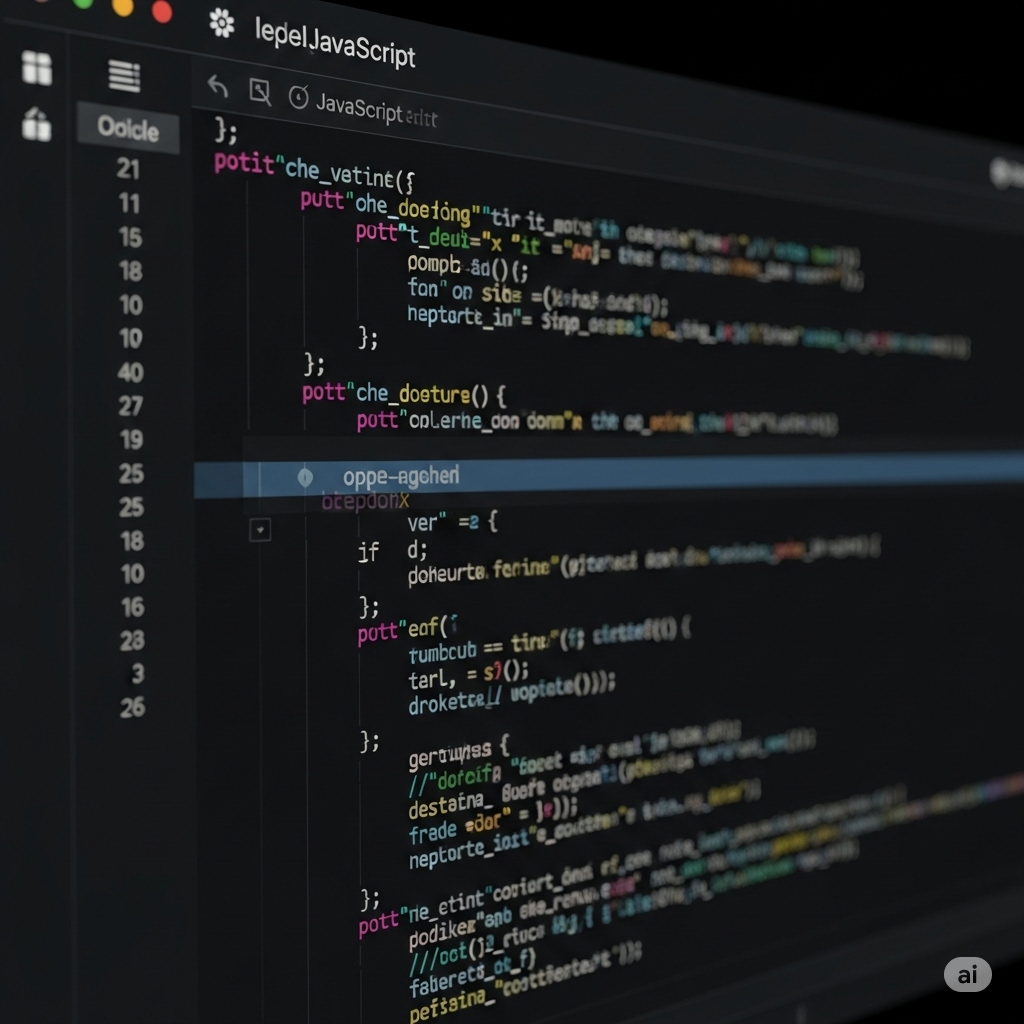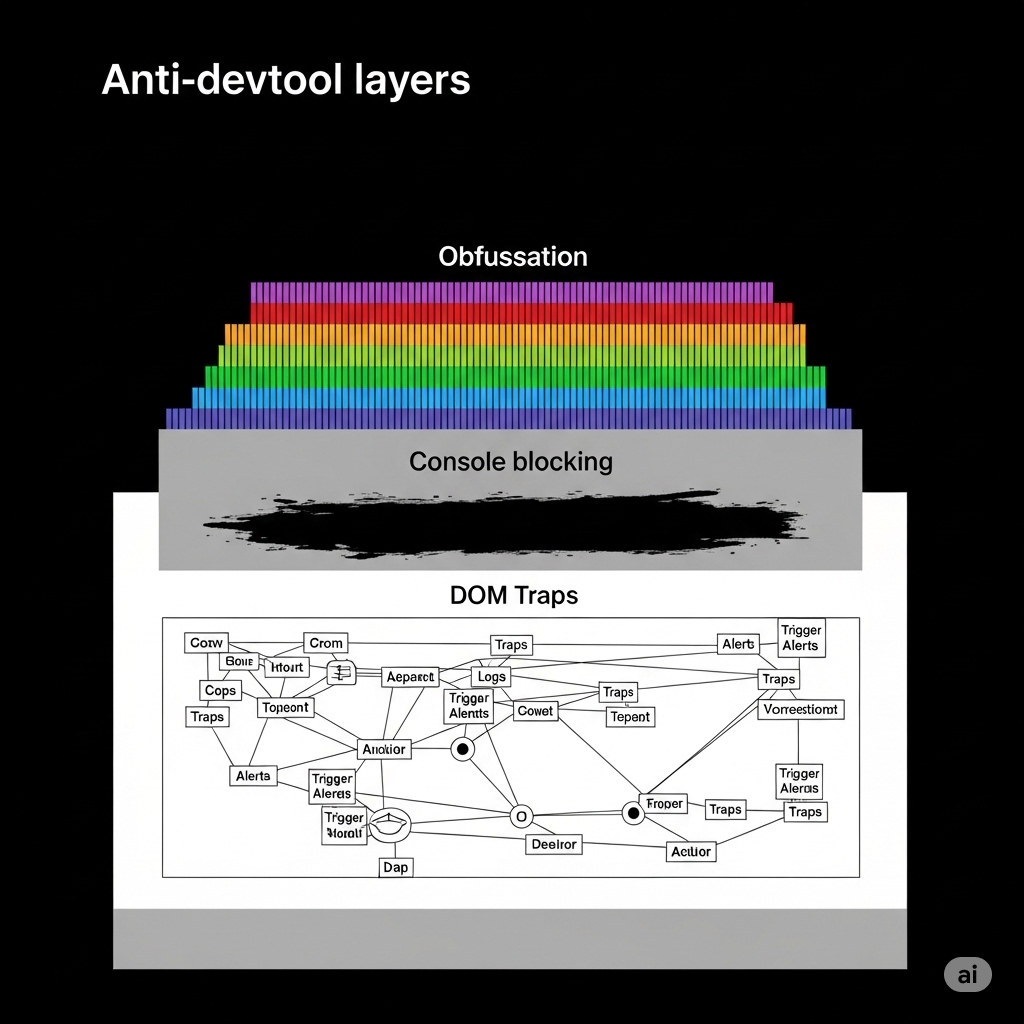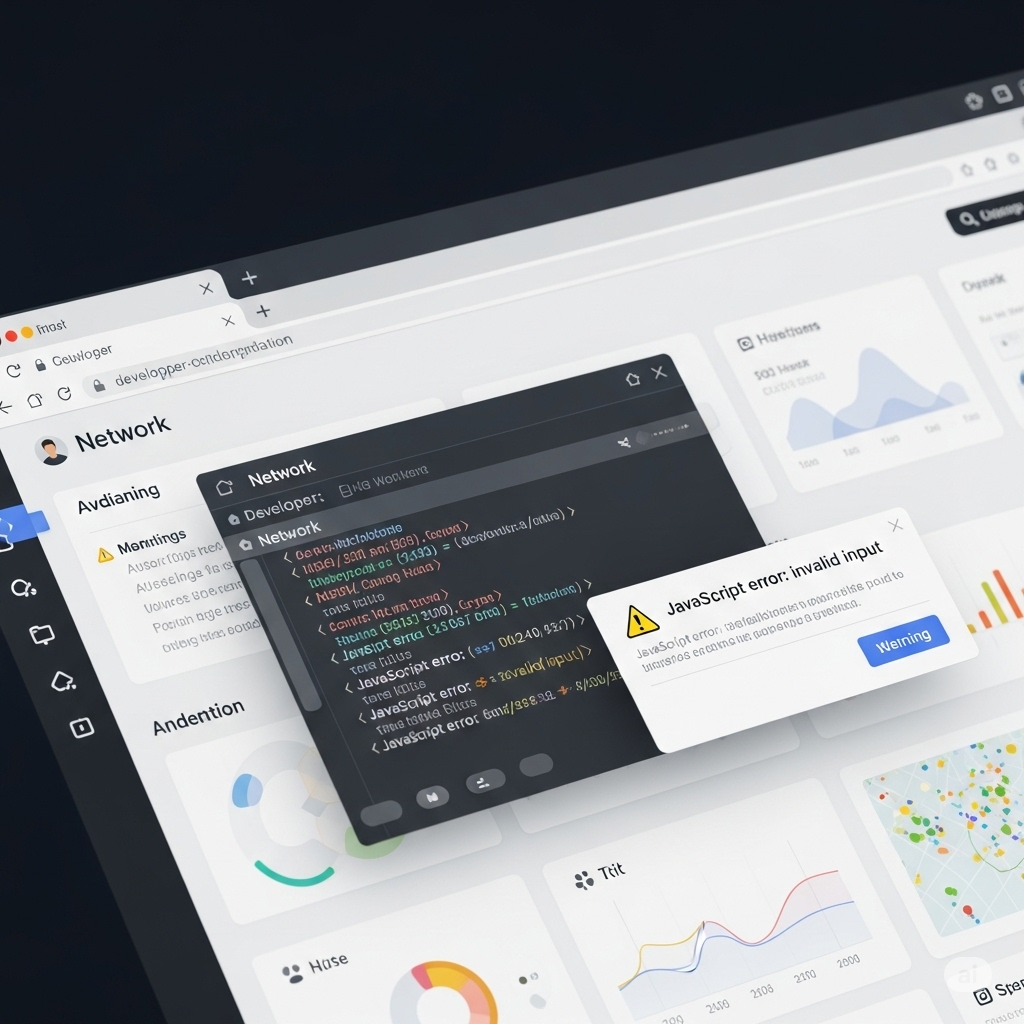How Anti DevTool Enhances Web Security in Modern Browsers
Web applications today are more exposed than ever to reverse engineering and client-side manipulation. One popular method that hackers and curious users employ is using browser developer tools. That’s why implementing anti devtool techniques is critical for any serious web developer aiming to protect frontend logic, intellectual property, and sensitive user interactions.
Why Browsers Leave Web Apps Vulnerable
Modern browsers, such as Chrome, Firefox, and Edge, are equipped with developer tools that enable users to inspect, modify, and debug code in real time. These tools can reveal API endpoints, hidden business logic, and sensitive DOM elements.
When developers rely solely on backend security without considering frontend protection, it becomes a massive loophole. Attackers can exploit these gaps using developer tools, and it’s here that anti-devtool methods come into play.
Techniques Used in Anti-DevTool Implementation
Understanding how anti-devtool mechanisms work is crucial before implementation. These techniques are not silver bullets, but they serve as strong deterrents against common threats.
JavaScript Obfuscation as a First Layer
One of the primary defenses in an anti-devtool strategy is JavaScript obfuscation. It transforms readable code into a version that’s nearly impossible to understand without deobfuscating.
Tools like Obfuscator.io and UglifyJS are commonly used to convert code into minified, non-human-readable formats, which can confuse those using browser inspection tools.
Console Function Hijacking
Hijacking console methods like console.log, console. Debug, and even console. Clear () is a simple yet powerful technique. You can override these functions to disable or mislead console outputs, thereby reducing the risk of live data exposure during runtime.
Detecting DevTool Activation
Using window.outerHeight – window.innerHeight measurements or monitoring how long it takes to render certain elements helps detect when devtools are open. If detected, websites can log the event or even redirect users to a different page.
You can implement code like:
setInterval(function () {
if (window.devtools.isOpen) {
location.href = "https://yoursite.com/warning";
}
}, 1000);
This type of behavior detection forms the backbone of any serious anti-devtool system.

Protecting the DOM with Anti DevTool Approaches
The DOM (Document Object Model) is the direct representation of your page’s structure. Anyone with developer tools can view, alter, and even exploit vulnerabilities.
Preventing Right-Click and Shortcuts
Although basic, disabling right-click and common shortcuts like F12, Ctrl+Shift+I, or Ctrl+U can act as your first line of defense. These can be implemented using JavaScript event listeners and help delay intrusion attempts.
Hidden Element Traps
Some developers plant decoy elements, also known as honeypots, in the DOM. When interacted with or viewed using dev tools, these elements trigger alerts or logs — helping to identify suspicious behavior.
This approach pairs well with anti-devtool strategies as a behavioral detection layer, flagging users before any real damage occurs.
Anti-DevTool in Production vs. Development Environments
Why It’s Risky to Use in Development
During development, you require full access to browser tools for debugging, testing, and QA purposes. Adding anti-dev tool measures too early can break testing pipelines or cause friction for your team.
Instead, use environment checks (if (process.env.NODE_ENV === ‘production’)) to ensure anti-debugging scripts are only active in production.
Scaling With CI/CD Pipelines
Integrate your anti-devtool mechanisms during the build step of your CI/CD pipeline. This ensures consistent enforcement and avoids developer-side conflicts. Pair this with minification, tree-shaking, and runtime checks for optimal results.
Ethical Concerns Around Anti-DevTool Techniques
While protecting your code is vital, overly aggressive anti-dev tool measures can negatively impact user experience and even violate accessibility standards.
Avoiding User Lockout
You must ensure your protections don’t mistakenly block legitimate users, especially those using accessibility tools that rely on custom browser plugins or inspection methods.
Transparency With Security
Using a tool doesn’t mean hiding malicious behavior. Ensure your protection techniques are transparent and don’t give the impression of hiding shady practices — a lesson many crypto scams and dark pattern apps have ignored, leading to scrutiny and bans. ([nofollow link to Mozilla Security Guidelines])
Anti DevTool Tools and Libraries You Should Know
To accelerate implementation, several libraries offer out-of-the-box anti-devtool features.
DevTools-detect and Console-ban
These JavaScript libraries detect dev tool activity and allow custom triggers. Console-ban even displays fake errors when users open the console, acting as a deterrent.
You can find similar packages and use them with module bundlers like Webpack or Vite.
Integration with Security Services
Pair anti-dev tool scripts with services like Cloudflare or Content Security Policy (CSP) headers to prevent code injection, script tampering, and unauthorized access. ([nofollow link to Cloudflare DevDocs])

How Anti DevTool Helps Prevent Client-Side Tampering
Client-side tampering can involve:
- Changing form values (e.g., altering prices)
- Modifying API payloads before sending
- Revealing hidden logic meant for server-only
By implementing anti devtool tactics, you reduce the exposure window. It buys your security team time and discourages casual or semi-technical intruders.
Securing eCommerce and Fintech Apps
If you’re running a payment interface or pricing engine, exposing development tools could lead to severe exploitation. You must implement layered security — obfuscation, detection, and API validation — in tandem with anti-devtool defenses.
Anti DevTool and SEO: What You Should Know
You might wonder if anti-devtool scripts hurt SEO. The answer depends on how you implement them.
Render Blocking and Crawlability
Scripts that run before page load can affect Time to First Byte (TTFB) and Largest Contentful Paint (LCP), both of which are Google ranking factors.
Avoid placing these scripts in <head> without async/defer flags. Minimize their footprint and isolate them to only run post-render.
Avoid Black Hat Obfuscation
Don’t hide content from search bots using JavaScript tricks. Google penalizes content cloaking — so balance protection with visibility.
Conclusion: Should You Use Anti DevTool?
If you’re handling sensitive business logic, pricing data, or user flows on the front end, then yes — anti devtool techniques are absolutely worth it. They won’t stop highly skilled attackers, but they’re effective at discouraging reverse engineering and casual tampering.
Use them in production environments only, combine them with strong backend validation, and always prioritize performance and accessibility. When deployed correctly, anti-dev tool measures serve as a silent guardian for your front-end integrity.













